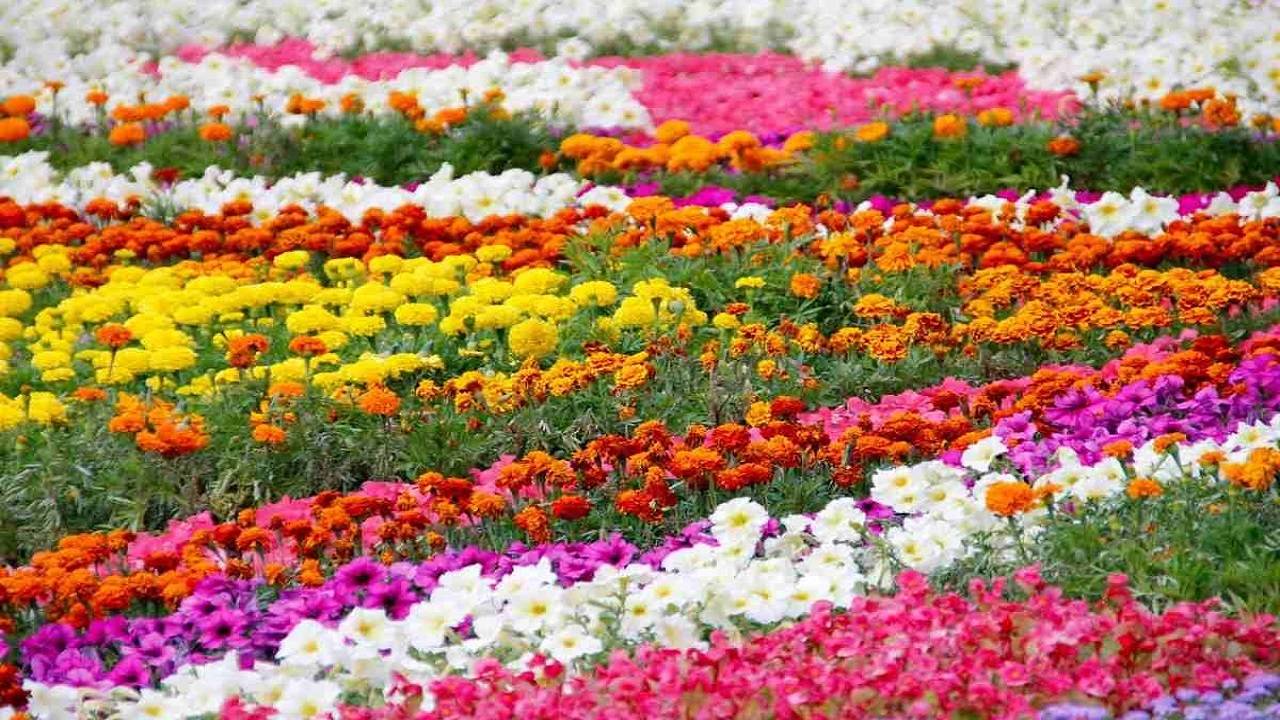
To help you get the hang of flower gardening and the most important yet difficult part of it, starting a garden, we have created an 8-point guide. From sunlight requirements to picking the right companion plants, here’s what you need to do to start a beautiful flower garden:
Observe Sunlight- If you live in an apartment or live in a house with a backyard or a front yard, then you need to observe the spots that receive full direct sunlight versus the spots that receive partial or full shade. This is because not all plants thrive in the same sunlight conditions.
Get rid of weeds- Once you are done with this, then it is time to prepare the land. Get rid of weeds, sod, and any native plants. Try to remove all of these by pulling them from their roots to prevent future growth and invasion. You can also apply herbicides to ensure that weeds do not grow on the soil anymore.
Prepare the land- After treating your soil for weeds, you must test the nutritional component of your soil for sound nutrient management. If your goal is to have a flourishing flower garden with a variety of flowers, then it is very important to ensure that your soil is healthy and the plants can derive the maximum amount of nutrients from them. Conduct a soil test and build a nutrient strategy in accordance with its results. Other than chemical fertilizers, you can also use homemade compost to enrich your soil and introduce plenty of beneficial microbes and organic matter.
Decide Between Raised Beds or Inground Gardens- Before you start planting plants in your garden, you must decide between planting plants in raised beds or in-ground gardens. Raised beds involve growing plants in soil that is higher than ground levels, whether the height is achieved by adding frames of wood or even bales of hay. Both raised beds and inground gardening have their pros and cons.
For instance, raised beds are good for small spaces, it protects the soil from pest infestations and weed growth and keeps the soil healthy. However, it requires more watering and is high in maintenance and cost. Inground gardens do not need as much water as raised beds and it is also less time-consuming and more cost-effective in maintenance. However, inground gardening can be tough on the back and can lead to more weeds and pests.
Choose your flowering plants- Once you know the location where you will plant your flowers and understand how much space is available to you, then it is time to select the type of flowering plants you can plant. Choose plants that will thrive in your garden’s environmental conditions. You can also create a colour palette for the flowers in your garden by choosing a colour scheme and picking varieties of flowers with variations and different tones of the same colour. You can also create excitement by choosing flowers of colours that are opposite on the colour wheel to create juxtaposition.
Design a planting shape- If you have the space to do so, you can plant your flowering plants in a shape.
Choose companion plants- The practice of companion planting or intercropping is a method of gardening that prevents soil erosion, provides needed shade to plants, and attracts useful insects and pollinators. Choose companion plants that share specific sunlight and moisture needs to thrive together.
Know your watering schedule- In order to bloom properly, the plants need to be watered in the appropriate amount. This is because both overwatering and underwatering can cause a variety of issues which can lead to slow bloom or even no bloom. Develop a consistent watering schedule in accordance with the water needs of all varieties of plants in your garden. Check the soil before watering the plants in order to avoid overwatering. Also, monitor your plants closely to make sure that it doesn’t exhibit signs of underwatering, such as dried wilted leaves or premature yellowing.










